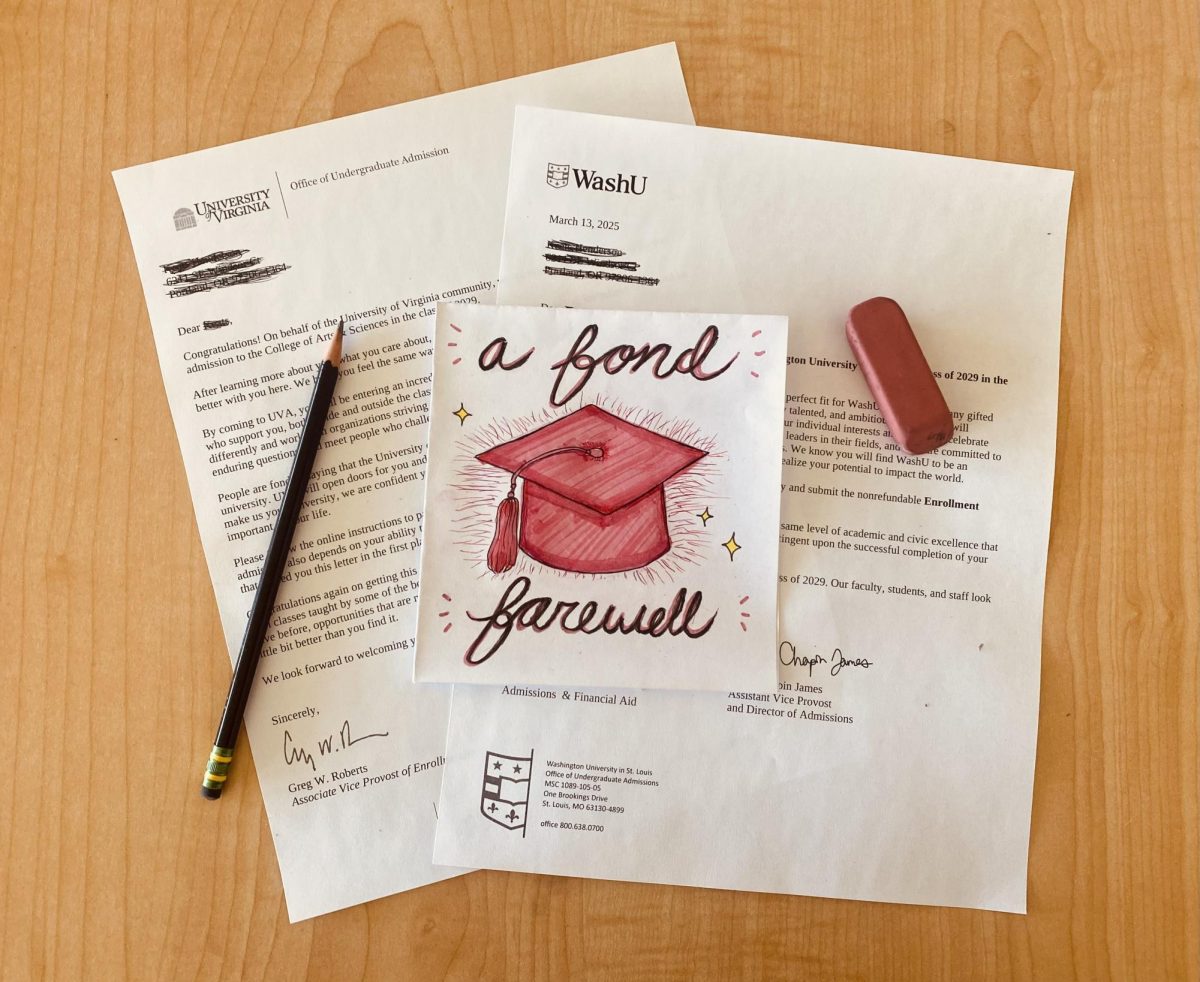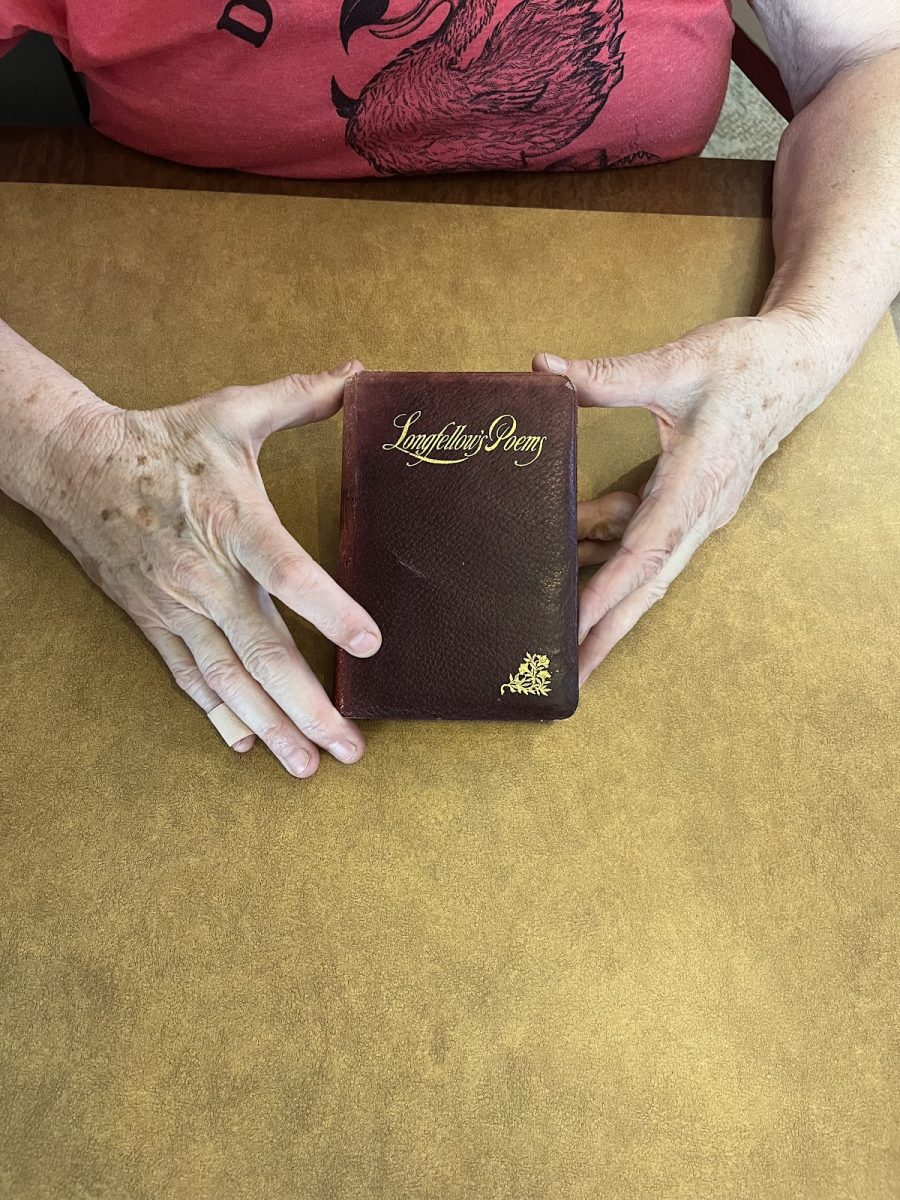
Millions of sophomores and juniors around the country took the PSAT this October, practicing for the college admission tests to come. At Franklin, 512 students took the test on October 16, the date recommended by the College Board. The gym filled with nervous students, made up of mostly sophomores and around 45 juniors. The PSAT, despite being a practice test, is a stressful experience to many and leaves others questioning its purpose.
The Preliminary Scholastic Aptitude Test (PSAT) was first taken by students in 1959, and the Scholastic Aptitude Test (SAT) has been around since the 1920s. The organization behind the PSAT and SAT, College Board, has been around since the late 1800s and has always had a big influence on college admissions. In 1971, the National Merit Scholarship Corporation started cosponsoring the PSAT and made it the official National Merit Scholarship Qualifying Test (NMSQT). The point of the PSAT from the beginning was to get students familiar with the testing style of the SAT. While it is meant as a practice test, it is still a stressful experience for many.
Students are not the only ones stressed about the test. Alice Headley, the Testing Coordinator at Franklin, has a lot to do in the weeks leading up to the test. She, along with help from Vice Principal Alfredo Quintero, is responsible for everything to do with organizing the PSAT. She gets volunteers to help set the rooms up, orders hundreds of tables and chairs, and makes sure everything goes smoothly for the test takers, 50 to 60 of whom take the test with various accommodations in different testing environments. Overall, the whole process takes her six weeks of planning, organizing, and processing the test afterwards. Once everything is processed, she says she finds herself left with little to account for her hard work. “The end product is one tiny little box that I send back. It doesn’t feel very satisfying,” she says.
Although Headley finds the PSAT helpful, she disagrees with the overall standardized testing system. She does not think that these types of tests are able to “assess every kid despite socioeconomic and racial disparities.” Students express similar views, wishing that college admissions didn’t rely so much on these tests. The length of the PSAT also made the SAT feel more daunting. “Now I’m just going to be less excited to do it next year,” says sophomore Casper Eichman. For many, it is hard for tests like this to feel worth their time. But there are more benefits to taking it than most students realize. According to Headley, just showing up and taking the PSAT as a sophomore will increase your SAT score by 200 points.
Because of this, Headley thinks that all sophomores should take the PSAT and all juniors should take the SAT, even if a student is not planning on attending a four year college. She thinks that the PSAT should be viewed as an opportunity to get familiar with the testing environment and not worry about getting the perfect score. Even though some juniors take the PSAT again in an attempt for National Merit scholarships, It is a very difficult achievement and Headley remembers no more than two people in past years qualifying for these scholarships. She doesn’t like to see people stressed out about the PSAT because for most, the score matters much less than the opportunity to gain testing experience.
While the overall system of College Board tests may not be equitable, Portland Public Schools (PPS) does a good job creating equity among students of different socioeconomic levels by providing the PSAT free to all sophomores, something that more and more school districts are beginning to offer. Because College Board charges $17 for each test, it is clear that PPS thinks that the PSAT is important. Last year, there were 3,354 sophomores in PPS, meaning the district would have paid almost $60,000 to allow every sophomore to take the test. Similarly, PPS provides a college admission test for free to all juniors. In past years, this test has been the ACT, but this year it will change to the SAT. This makes the PSAT even more important than in previous years because of its direct correlation with the SAT. It shows students exactly how things will be worded and the types of questions on the SAT. “I like knowing what’s going to be on the SAT,” says Eichman.
Overall, while the PSAT and other similar tests may not be equitable, they provide valuable experiences to high school students and prepare them for the college application process.
































